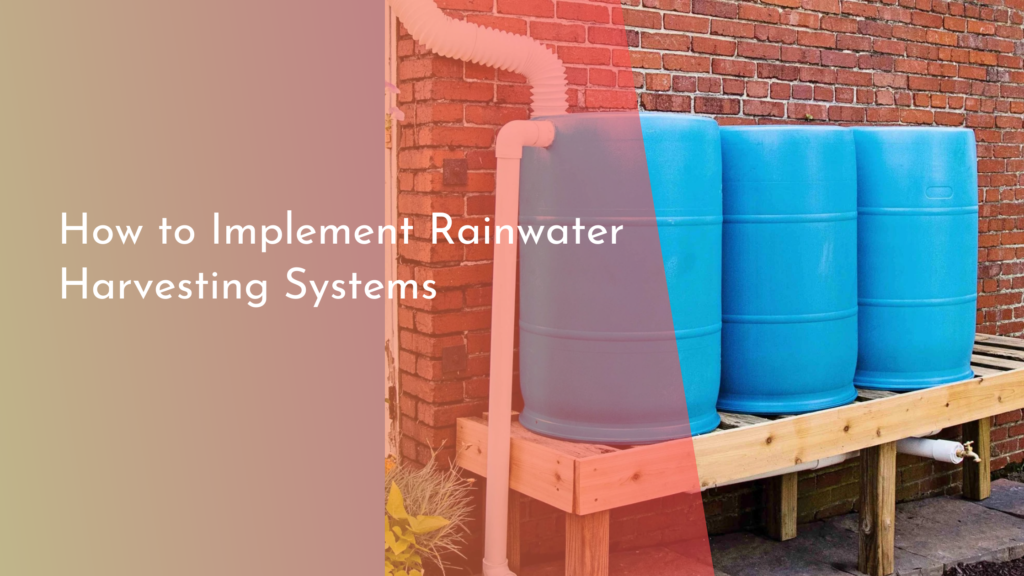How to Use Seaweed Mulch for Pest-Resistant Growth
Gardening enthusiasts and eco-conscious individuals alike are always on the lookout for natural ways to enhance their gardens’ health and productivity. One of the best-kept secrets in organic gardening is seaweed mulch. This versatile material not only enriches the soil but also acts as a formidable ally against pests. In this article, we’ll explore how to harness the benefits of seaweed mulch, apply it effectively, and boost your plants’ resilience against unwanted invaders, all while maintaining a vibrant and thriving garden.
Discover the Benefits of Seaweed Mulch for Your Garden
Seaweed mulch is a fantastic organic option for gardeners looking to improve soil quality and health. Rich in essential nutrients like nitrogen, phosphorus, potassium, and trace minerals, seaweed breaks down slowly over time, providing a continuous feeding source to your plants. Additionally, its high organic matter content helps improve soil structure, promoting better aeration and moisture retention, which is crucial for healthy plant growth.
Moreover, seaweed mulch is known for its pest-repellent properties. It emits compounds that deter pests while enhancing the resilience of plants against diseases. This natural barrier creates an inviting environment for beneficial insects, such as ladybugs and lacewings, which help control pest populations. By choosing seaweed mulch, you’re investing in a sustainable method of maintaining a thriving garden ecosystem.
Easy Steps to Apply Seaweed Mulch Effectively
Applying seaweed mulch is a straightforward process that can be done in just a few simple steps. Start by gathering fresh or dried seaweed from a local beach or purchasing it from a gardening store. If you collect it yourself, make sure to rinse the seaweed to remove salt and debris. Once you have your material ready, chop or shred it into smaller pieces for easier application and quicker decomposition.
Next, prepare your garden beds by clearing away any weeds or debris. Spread a layer of seaweed mulch, ideally about 2 to 4 inches thick, around the base of your plants. Be careful not to pile it directly against the stems to prevent rot. Water the area lightly to help the mulch settle and activate its beneficial properties. With this simple application, you’ll set the stage for a robust and pest-resistant garden!
Boost Your Plants’ Resilience Against Pests Naturally
One of the standout features of seaweed mulch is its ability to naturally fortify plants against pests. The presence of alginates and other bioactive compounds in seaweed helps stimulate plant growth while strengthening cell walls, making plants less susceptible to damage from insects and diseases. Additionally, these compounds can enhance the production of plant hormones that promote resilience, allowing your garden to thrive even in the face of challenges.
Moreover, seaweed mulch creates a favorable microclimate for beneficial microorganisms in the soil. These microorganisms play a vital role in breaking down organic matter, making nutrients more available to your plants, and suppressing harmful pathogens. This natural synergy promotes a balanced ecosystem in your garden, further reducing the likelihood of pest infestations and ensuring your plants stay healthy and vibrant.
Tips for Maintaining a Thriving Seaweed Mulch Garden
Maintaining a seaweed mulch garden is relatively low-maintenance but requires some attention to detail. Regularly check the mulch layer for any signs of compaction or decomposition. As the seaweed breaks down, it may need to be replenished to maintain the desired thickness. Depending on your climate and the type of seaweed used, you might need to add fresh mulch every few months to keep your plants well-fed and protected.
Additionally, monitor your plants for any signs of pests or disease. While seaweed mulch helps deter many common pests, it’s essential to stay vigilant. If you notice any issues, consider introducing companion planting or natural pest control methods, such as introducing beneficial insects. By incorporating these practices, you’ll create a flourishing garden that thrives with the power of nature!
Incorporating seaweed mulch into your gardening routine can lead to remarkable benefits, from enriched soil to enhanced pest resistance. By following the simple steps outlined in this article, you’ll create a thriving environment for your plants while embracing sustainable gardening practices. So grab your seaweed, roll up your sleeves, and enjoy the delightful process of nurturing a flourishing garden that not only beautifies your space but also supports a robust ecosystem. Happy gardening!


